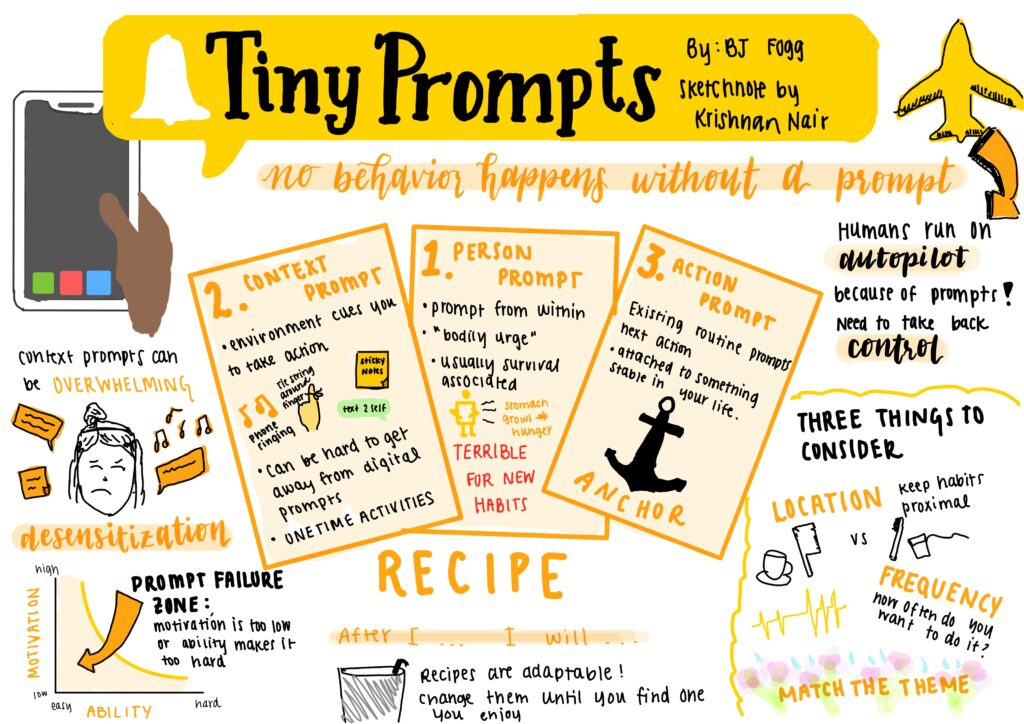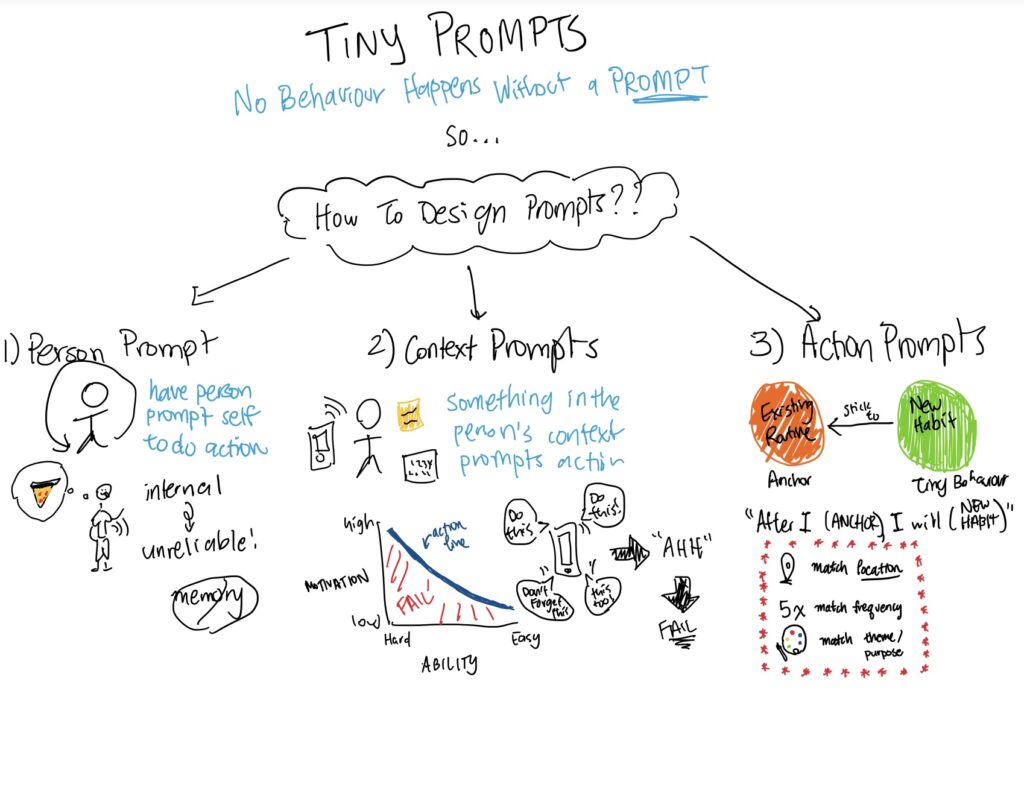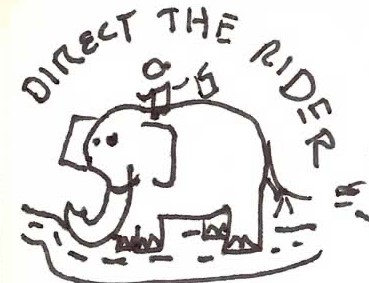Reflection on the Markets and Business Models:
My understanding is that Isolde and Emanuel, the leaders of Siiquent and Teomik respectively, each target distinct markets, influencing their revenue model approaches.
Isolde’s Siiquent focuses on the medical diagnostics market, primarily supplying hospitals and diagnostic labs. Her business model can be described as the “razor-blade” strategy, where they sell diagnostic machines at a low margin or at cost (the razor), while making significant profits from the consumables required for those machines (the blades). This model is well-suited to a market that frequently needs disposable supplies and values a lower upfront cost.
Emanuel’s Teomik, on the other hand, targets research institutions and universities that invest heavily in high-tech equipment. His model emphasizes the sale of sophisticated machines, with high margins on these instruments rather than on the consumables. This approach is favored by research-focused customers who are willing to pay a premium for reliable, cutting-edge technology that enhances their research capabilities.
Pros and Perils of Revenue Model Strategies:
Imposing a single revenue model across Siiquent-Teomik has both advantages and disadvantages. On the positive side, as espoused by Peter, it would create consistency, streamline operations, and present a clear value proposition to customers. A unified model could reduce internal conflicts and provide a focused strategy for tackling competition.
However, the risk lies in losing the flexibility that has allowed each unit to cater effectively to their unique markets. A rigid, one-size-fits-all approach might fail to adapt to the specific needs of either customer base, potentially resulting in a loss of market share to more agile competitors.
—
Continuing with Isolde’s flexible, multi-model strategy could maintain the merged company’s competitive edge in both markets. Such freedom enables the company to respond dynamically to customer needs, innovation opportunities, and competitive pressures.
However, the downside is that it could lead to inefficiencies, disagreements within the organization, and confusion for customers dealing with potentially different pricing structures and service offerings from the same company.
Scaffolding the Discussion for a Fair Merging Process:
As the project manager mediating this merger, I’d focus on creating a productive dialogue between Isolde and Emanuel to reach a sustainable solution. The discussion would be structured into three key phases:
- Aligning Goals: We’d start by clarifying each leader’s vision for the merged entity, focusing on agreeing on a set of goals with the company’s broader objectives. This would help us identify common ground regarding customer needs and the competitive landscape.
- Exploring Hybrid Strategies: Next, I’d steer the conversation towards exploring hybrid approaches that combine the strengths of both units. This would involve brainstorming ways to adapt their revenue models to best serve both diagnostics and research markets, aiming to retain flexibility while remaining practical.
- Creating a Decision Framework: Finally, we’d develop a clear decision-making framework to guide future actions. This would involve setting criteria for when and how to adjust strategies based on market trends and customer feedback, ensuring decisions are data-driven and adaptable.
My goal throughout would be to maintain constructive dialogue towards an agreement between both sides to help the merged team stay agile in a changing market while also being practical.



